12 Jan 2024
From Local to Social
Using local media footage from the London Borough of Southwark spanning the past 20 years, this documentary discusses complex social issues including gang violence, knife crime, and mental and sexual health.
12 Jan 2024
Using local media footage from the London Borough of Southwark spanning the past 20 years, this documentary discusses complex social issues including gang violence, knife crime, and mental and sexual health.
04 Nov 1991
Stamford Hill in North London is home to a community of 30,000 Hasidic Jews. Aiming to preserve a way of life they had in eighteenth century Poland and living strictly according to over 600 Biblical commandments brings them into conflict with modern life. They have embraced one aspect fully though, the Volvo Estate car.

27 Sep 2013

A documentary on the post-war redevelopment in the City of London — focusing on the attempt to build an ambitious network of elevated walkways through the city. Featuring interviews with professor of town planning Michael Hebbert (UCL), architecture critic Jonathan Glancey, city planning officer Peter Wynne Rees and writer Nicholas Rudd-Jones (Pathways), the film explores why the 'Pedway' scheme was unsuccessful and captures the abandoned remains that, unknown to the public, still haunt the square mile.
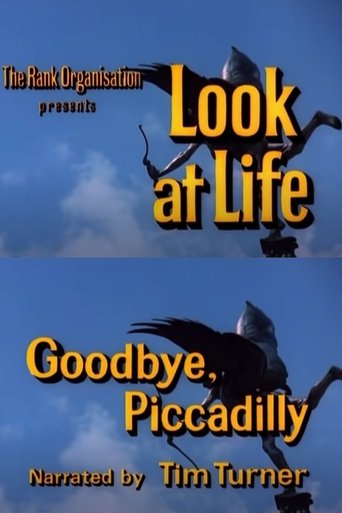
13 Nov 1967

This documentary in the Look At Life series – made by the Rank Organisation for screening in Odeon and Gaumont cinemas – was released in 1967 and anticipated a radical redevelopment of Piccadilly Circus, which never actually happened.
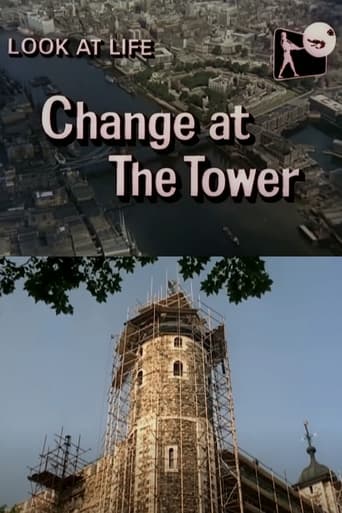
01 Jan 1967

A look at the day-to-day running of the historic Tower of London and coping with up to 16,000 visitors each day. A stunning display of the Crown Jewels.
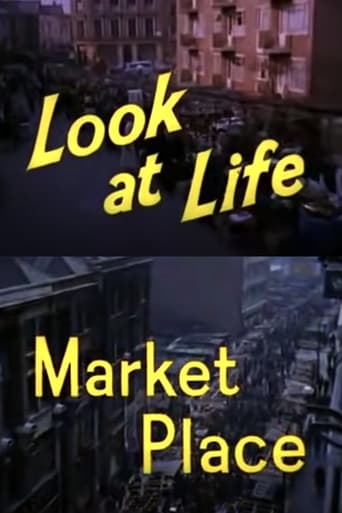
01 Jan 1959

A look into London's street markets and how they're suffering to compete with supermarkets.
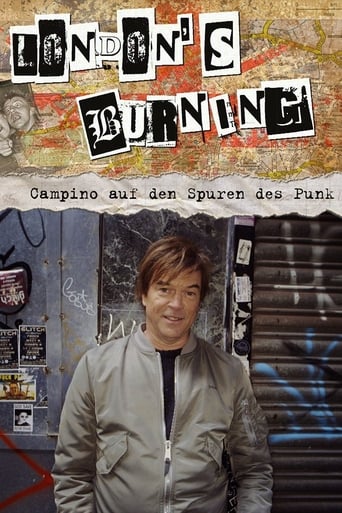
13 Aug 2016

No overview found
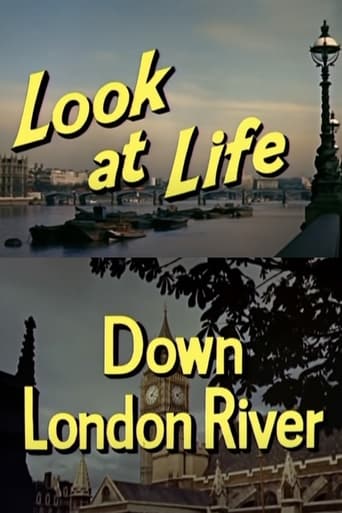
01 Jan 1959

Take a history tour on the River Thames. Lots of famous footage: Parliament, Big Ben, Tower of London, Tower Bridge, St Paul's Cathedral, Port of London, Cleopatra's Needle and much more!
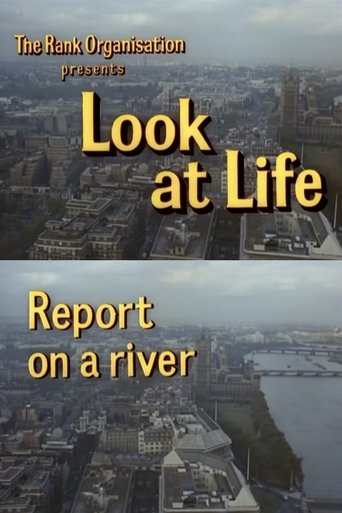
01 Jan 1963

A look at the River Thames, its past and present, from source to the sea. An examination of what has been done and is being done to modernize port services and to keep traffic moving—from holiday pleasure seekers to bustling commerce.
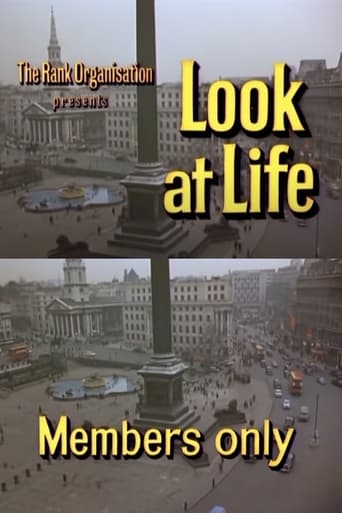
01 Jan 1965

A look at the "private clubs" of London. From the famous political clubs of the 18th century to the gambling clubs and the bohemian night clubs of the West End.
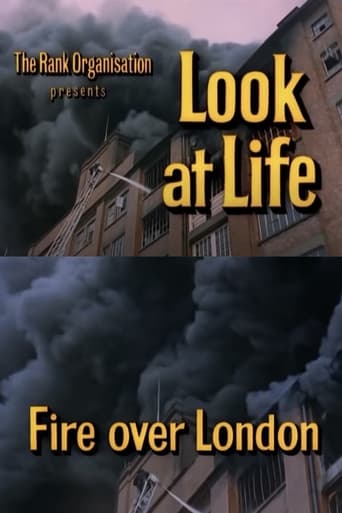
01 Jan 1966

The film Fire Over London is about the operation of the London Fire Brigade. In an office's switchboard room we see one of the hideous T&N green and ivory telephones supplied by General Telephone Systems. Another shot deep in the bowels of St Paul's Cathedral gives a glimpse of a two-tone grey ATE 'Coffin Phone' as used on Communications Systems private exchange systems.
22 Sep 2007
No overview found

29 Apr 1968

While flying to the first stop on their latest tour, the four members of the Australian music group The Seekers recall in flashback the origins of the group and their rise to success.
27 Jun 2014
As the modernisation of London Underground continues, long serving A-Stock and C-Stock trains have been withdrawn from service, and their differing characters will slowly become a memory. London Transport Museum commissioned Geoff Marshall to record the transition between old and new trains.
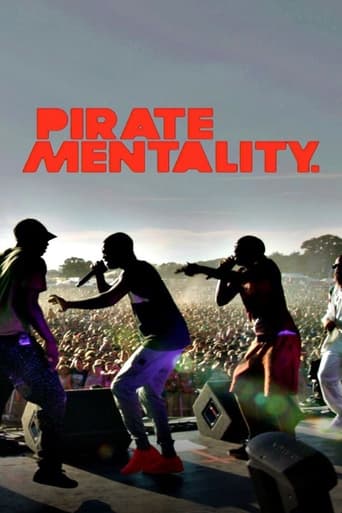
26 Dec 2016

After a great year for grime, MC Frisco and Risky Roadz go back to its pirate radio roots. - How Pirates Made Grime. Taking grime back from global phenomenon to its pirate radio roots.
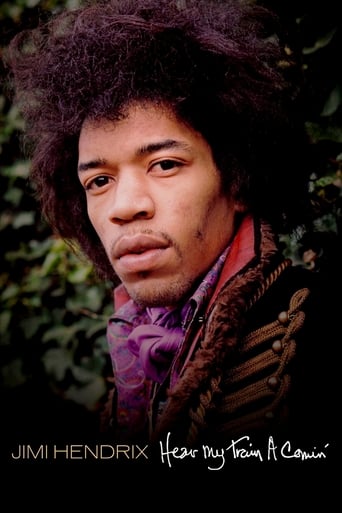
04 Nov 2013

An account of the short life of genius musician Jimi Hendrix (1942-70), probably the most talented and influential guitarist of the twentieth century: his humble beginnings in Seattle, his time in New York, his rise to fame in swinging London… Live fast, love hard, die young.
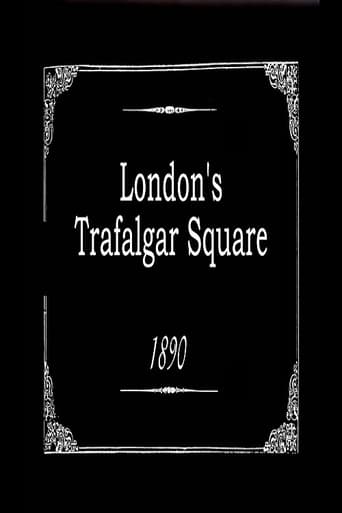
01 Jan 1890

Moving picture of London's Trafalgar Square traffic, filmed with a kinesigraph.
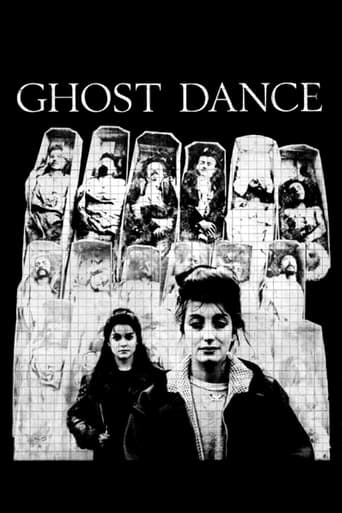
15 Dec 1983

Through the experiences of two women in Paris and London, Ghost Dance offers an analysis of the complexity of our conceptions of ghosts, memory and the past. The film focuses on the French philosopher Jacques Derrida, who observes, 'I think cinema, when it's not boring, is the art of letting ghosts come back.' He also says that 'memory is the past that has never had the form of the present.'
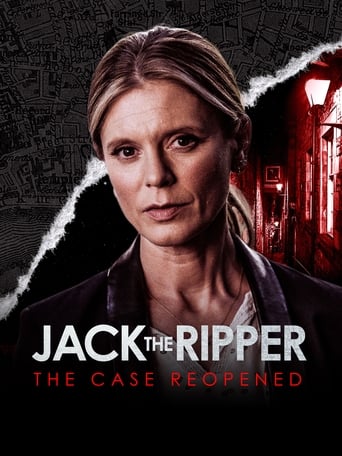
04 Apr 2019

Emilia Fox and Britain’s top criminologist, Professor David Wilson, cast new light on the Jack the Ripper case. Together, they examine the Ripper’s modus operandi using modern technology to recreate the murder sites to help understand the extraordinary risks the Ripper took to kill his victims. Using the Home Office Large Major Enquiry System (HOLMES)—a bespoke computer system used by the police to help detect patterns in criminal activity—and evidence uncovered within the investigation, results strongly indicate another woman was, in fact, the first Ripper victim.
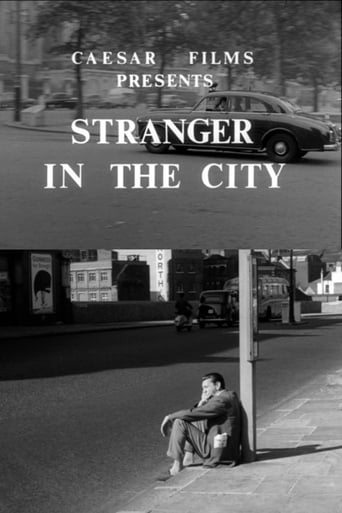
01 Jan 1961

Aspects of a London day, including prostitutes on street corners, a striptease show and the 2i's Coffee Bar.